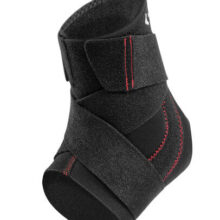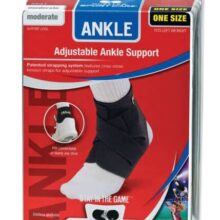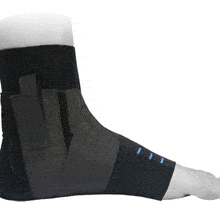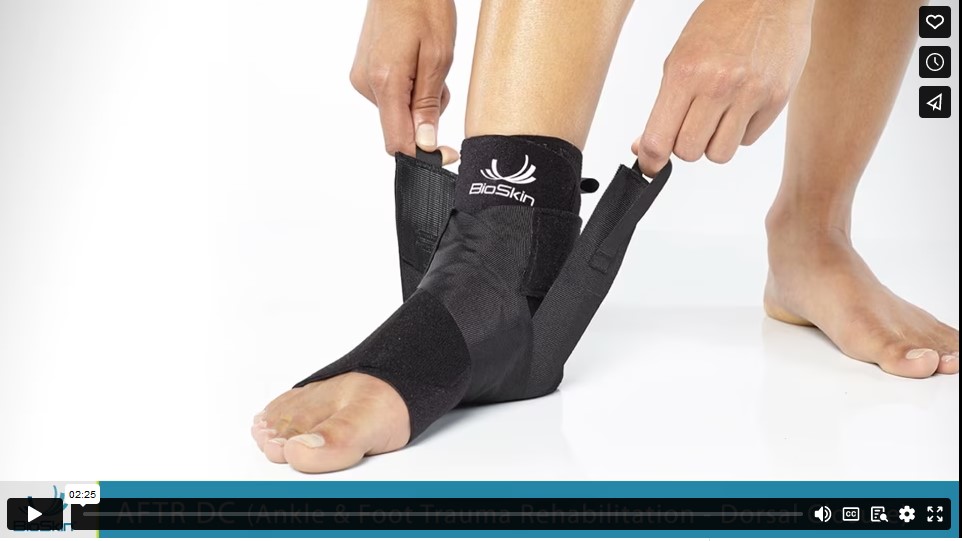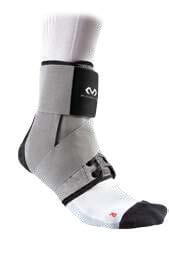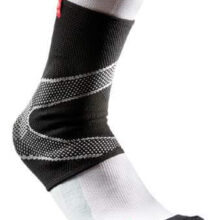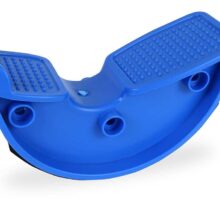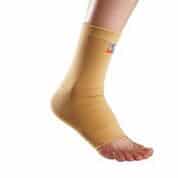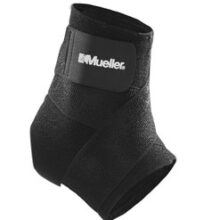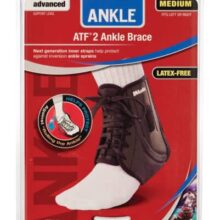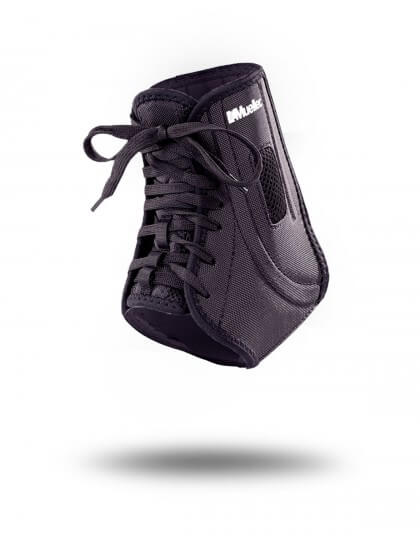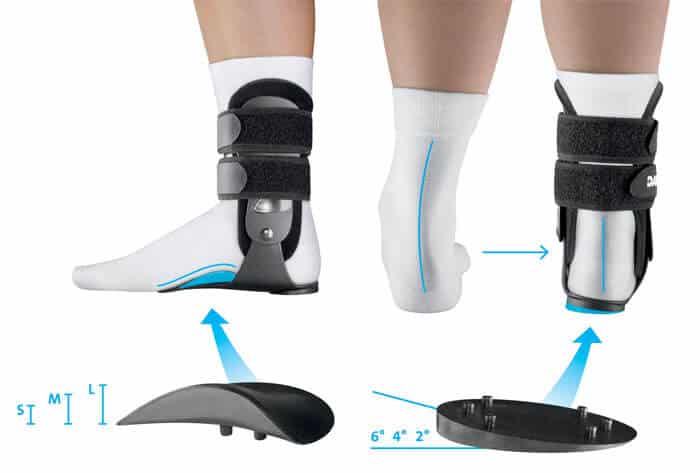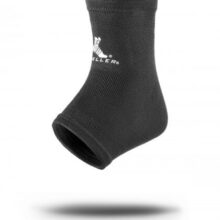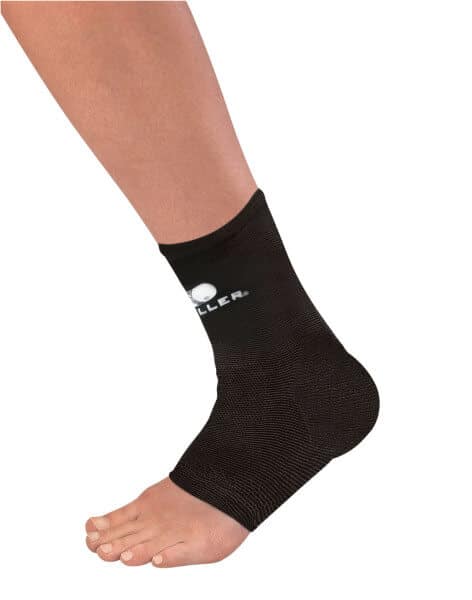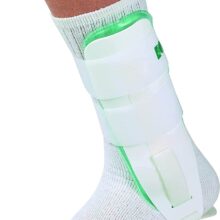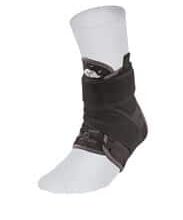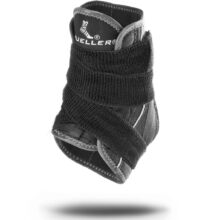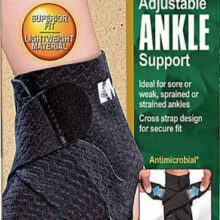4 Way Stretch Ankle Support
In Stock
The Mueller 4 Way Stretch Ankle Support uses 360 degree compression from its no seam knit material to treat ankle pain and swelling.
- Provides round the clock ankle support and comfort that allows you to continute your active lifestyile with less pain and discomfort;
- No seam knit that will not scrape or damage the skin;
- Uniform 4 way stretch material that applies support to the entire joint;
- Also helps keep the ankle warm and supple, improving blood circulation and reducing joint stiffness;
- Can be used to treat injured, sore, weak, unstable or arthritic ankles.






